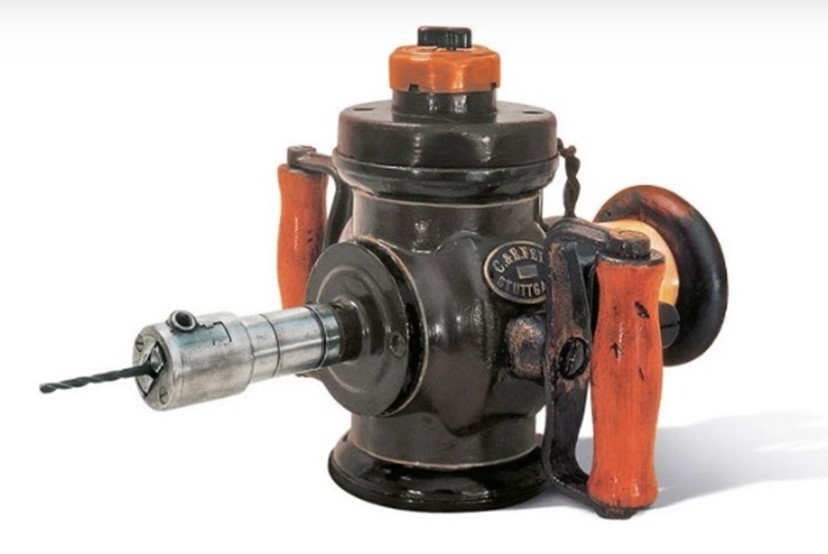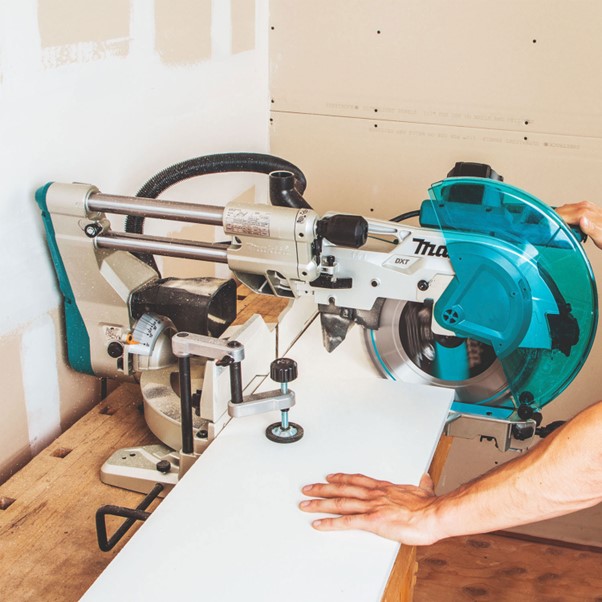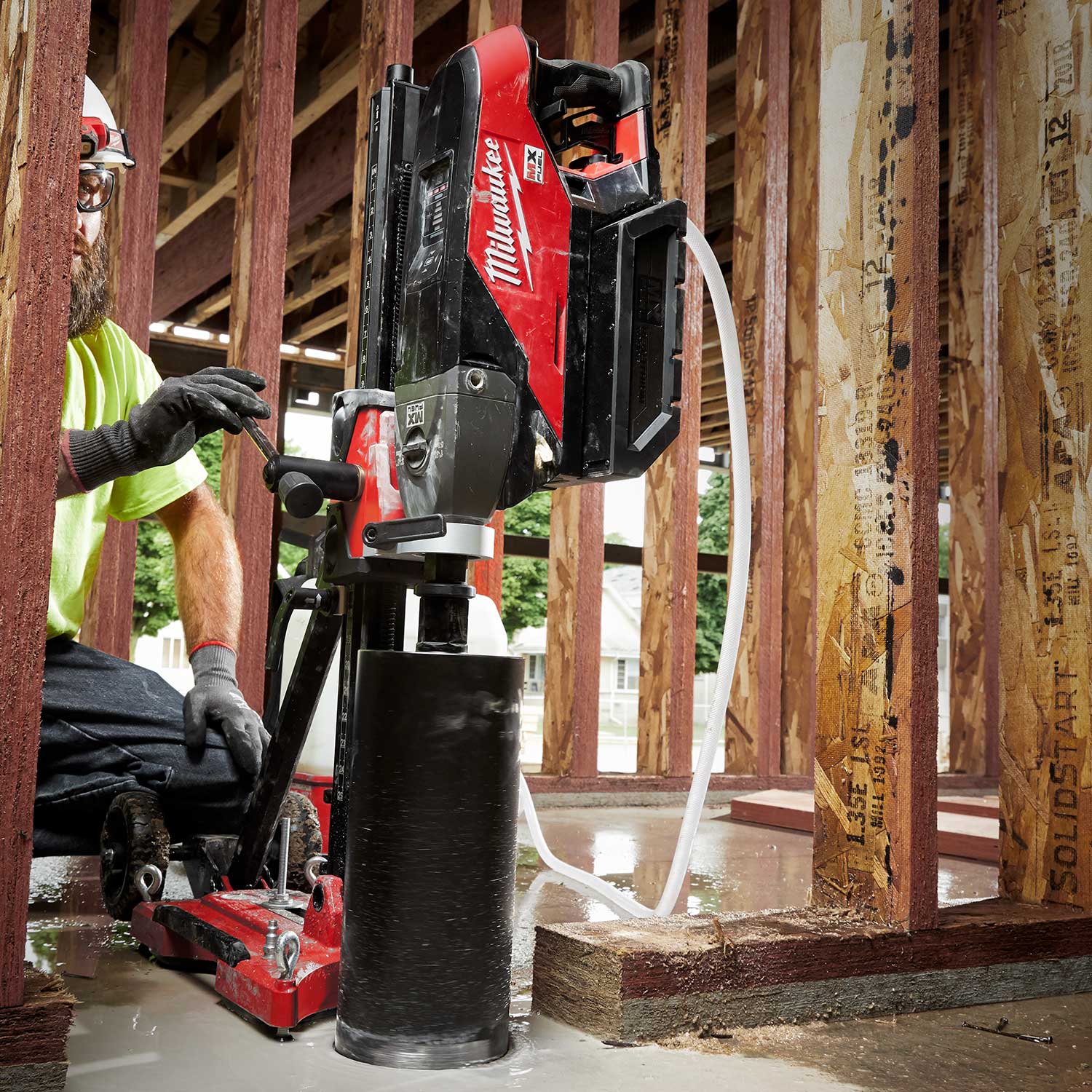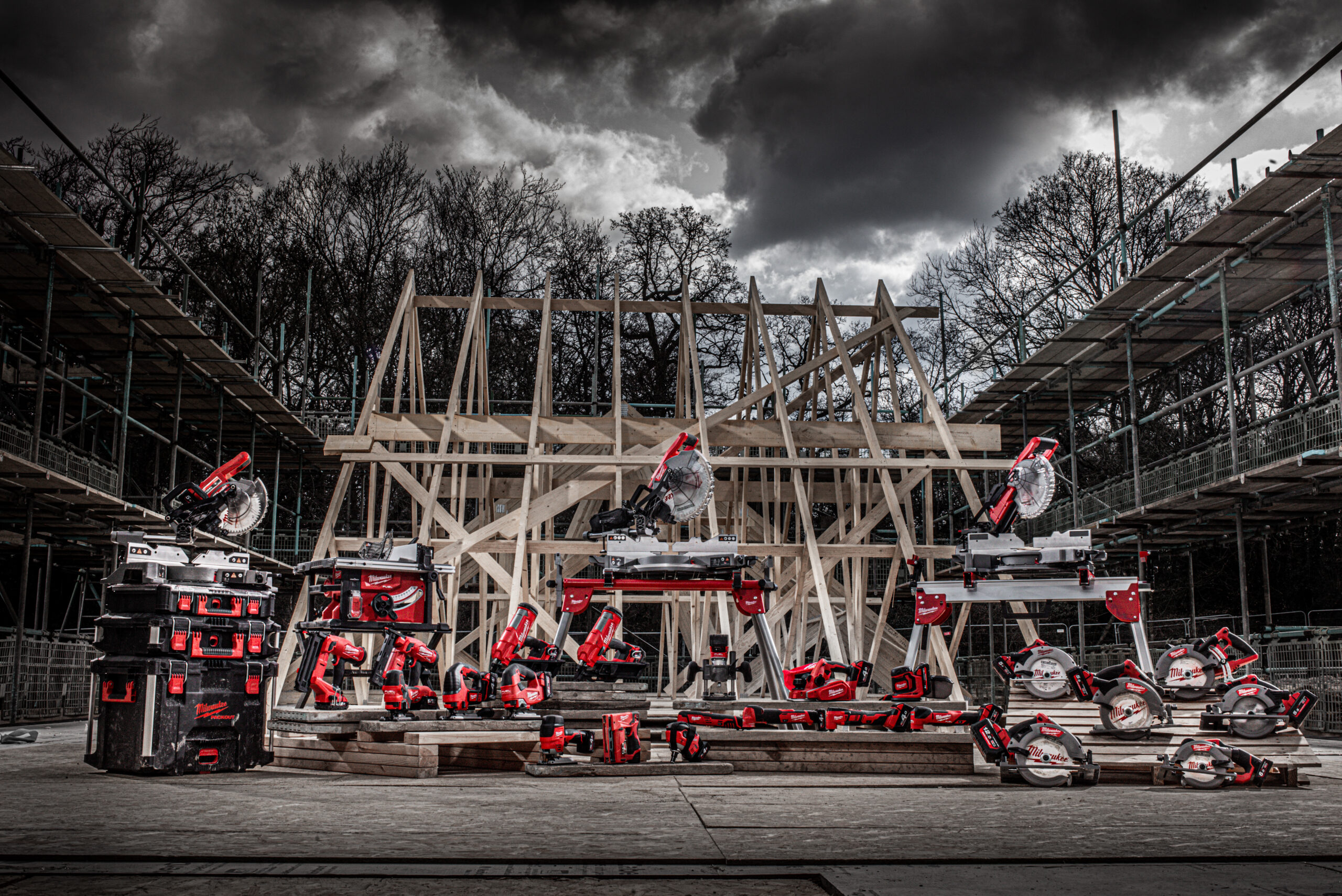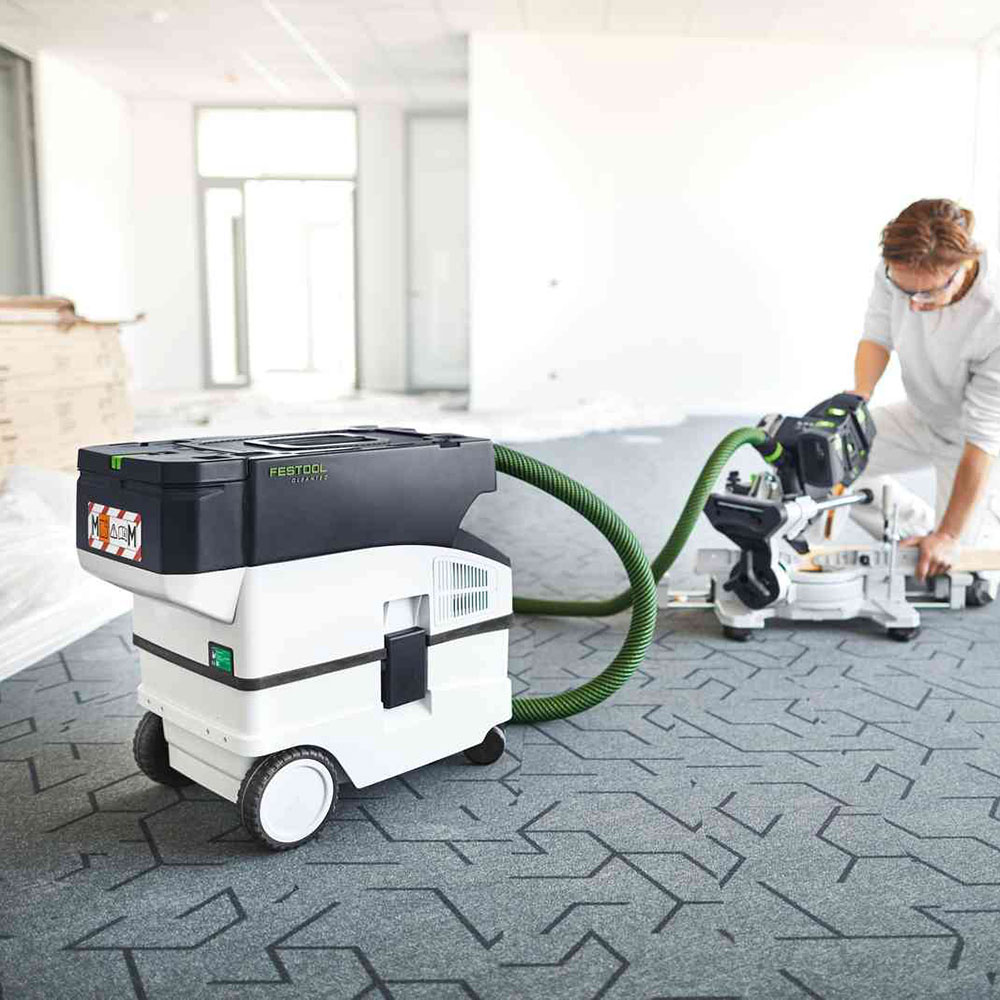Electric Corded Tools versus Cordless Power Tools
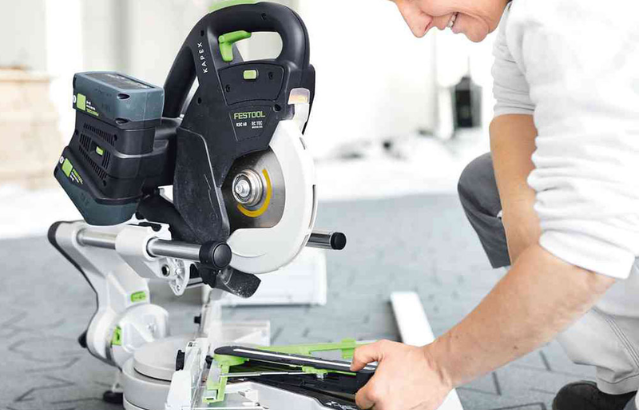
This article ‘Electric Corded Tools versus Cordless Power Tools’ looks at the evolution of power tools, with the market moving from electric corded power tools to cordless battery power tools. It will cover:
- The first electric power tool
- The first battery power tools
- The demise of corded electric power tools
- The rise of cordless power tools
- The introduction of smart cordless power tools
- The future of power tools
The first electric power tool
The world’s first portable electric power tool was invented in 1895, by Fein in Stuttgart, Germany. Combining a hand drill with a small electric motor, this labour-saving creation was the catalyst for the numerous electric power tools we find today. It took over seventy years for power tool manufacturers to start considering the combination of portable tools with battery technology.
The first battery power tools
In 1969, Makita launched the very first rechargeable battery drill. The 6500D was based around a standard back-handled mains powered drill but instead of having a lead with a plug, the cord was tethered to a separate battery pack. Although not entirely cordless, this revolutionary concept pioneered a new way of thinking for portable power tool manufacturers.

Some nine years after launching the 6500D, Makita was once again the first to market with a true cordless battery drill. The 6010D arrived in 1978, featuring a removable 7.2V nickel-cadmium battery pack, that slid inside the handle of the drill. When Protrade first took this product to the marketplace, customers commented that it lacked power and runtime when drilling holes in wood or metal. This was when our founder, Rob Sanders, had a lightbulb moment. He decided to promote the Makita 6010D as a screwdriver, as opposed to a drill, putting a Yankee screwdriver bit in the drill’s chuck. Driving in woodscrews with the 6010D was much faster than traditional hand screwdrivers and indeed, quicker than the Yankee spiral ratchet screwdrivers too.
Rob Sanders recalled that the Managing Director of Makita UK at that time, visited Protrade to find out how they were managing to sell so many units. Whilst the rest of the UK was struggling to penetrate the market, Rob was regularly placing orders – a full pallet at a time. This innovative thinking was reported back to Makita in Japan and is one of the reasons why cordless drills are referred to as ‘Drill Drivers’ these days. Manufacturers later added torque settings for more accuracy and control in screwdriving applications.
The demise of corded electric power tools
The advent of cordless power tools didn’t lead to the immediate demise of the corded versions. The early cordless power tools simply lacked power, and performance was not a patch on the mains alternatives. Battery runtimes were also a major factor, ensuring there was still a place for corded electric power tools, especially the larger tools such as breakers or mitre saws, that didn’t even exist in a cordless battery format… until recently.
Lithium-ion battery technology changed the face of cordless power tools. Originally invented in 1980 by materials scientist John Goodenough, lithium-ion offered an incredible charge-to-weight ratio, meaning smaller cells could hold much more energy – a perfect combination for portable battery powered tools. His pioneering work secured him the Nobel Prize in Chemistry – in 2019. Sadly, John Goodenough died recently, on 25th June 2023 – just a month shy of his 101st birthday, but his legacy will be utilised by power tool users all over the globe, for years to come.
The rise of cordless power tools
Milwaukee and Makita were the very first power tool brands to adopt John Goodenough’s work, with the launch of their first lithium-ion battery tools, just a month apart, back in 2005. These two brands are still UK market leaders when it comes to cordless professional power tools – pushing the boundaries from conventional 18V batteries to higher capacity cells and larger powered batteries, with the recent introduction of Makita XGT 40V and Milwaukee MX Fuel. The latest tools certainly don’t lack power and performance, more than matching their corded counterparts and even offering credible alternative solutions to petrol powered plant and equipment.
Health and safety also play a role in the rise of cordless power tools. There are no trailing cables, which can be a hazard in the workshop or on site, with some major construction sites banning corded power tools altogether. There is also no requirement for heavy and cumbersome 110V transformers – plus cordless tools don’t need to be PAT tested, before they can be used on the job site… another tick in the box for cordless tools.
“Comparable performance, enhanced battery runtimes, and convenience have been the main factors in the demise of corded power tools and the rise of cordless power tools.”
Whilst the major power tool brands invest heavily in additions to their various battery platforms, the specialist or more ‘boutique’ brands, have had to react by joining forces and sharing a battery cell. At the time of writing this article, Milwaukee featured over 250 different tools and solutions on their 18V battery system alone… an incredible number of tools and growing. The likes of Metabo, Mafell, Lamello, and Trumpf have reacted by creating the CAS Cordless Alliance System – one battery that suits over thirty different brands. When you step back, it makes sense. Go big or join forces!
The introduction of smart cordless power tools
With the advancement of cordless mobile phone technology and subsequent introduction of applications, power tool manufacturers have created apps that connect to their tools via Bluetooth and allow users to control their equipment on a smart device. Milwaukee were the first professional power tool brand to introduce a tool connectivity platform, called One-Key. Individuals can secure their tools by locking out potential unauthorised users. Tools can be tracked and a geofence can be created around a factory or site, to disenable any tools that are taken outside the designated virtual perimeter fencing. The One-Key app also features inventory management capability, allowing users to assign specific tools to sites, jobs, vehicles, or people, ensuring tools are always accurately allocated and controlled.
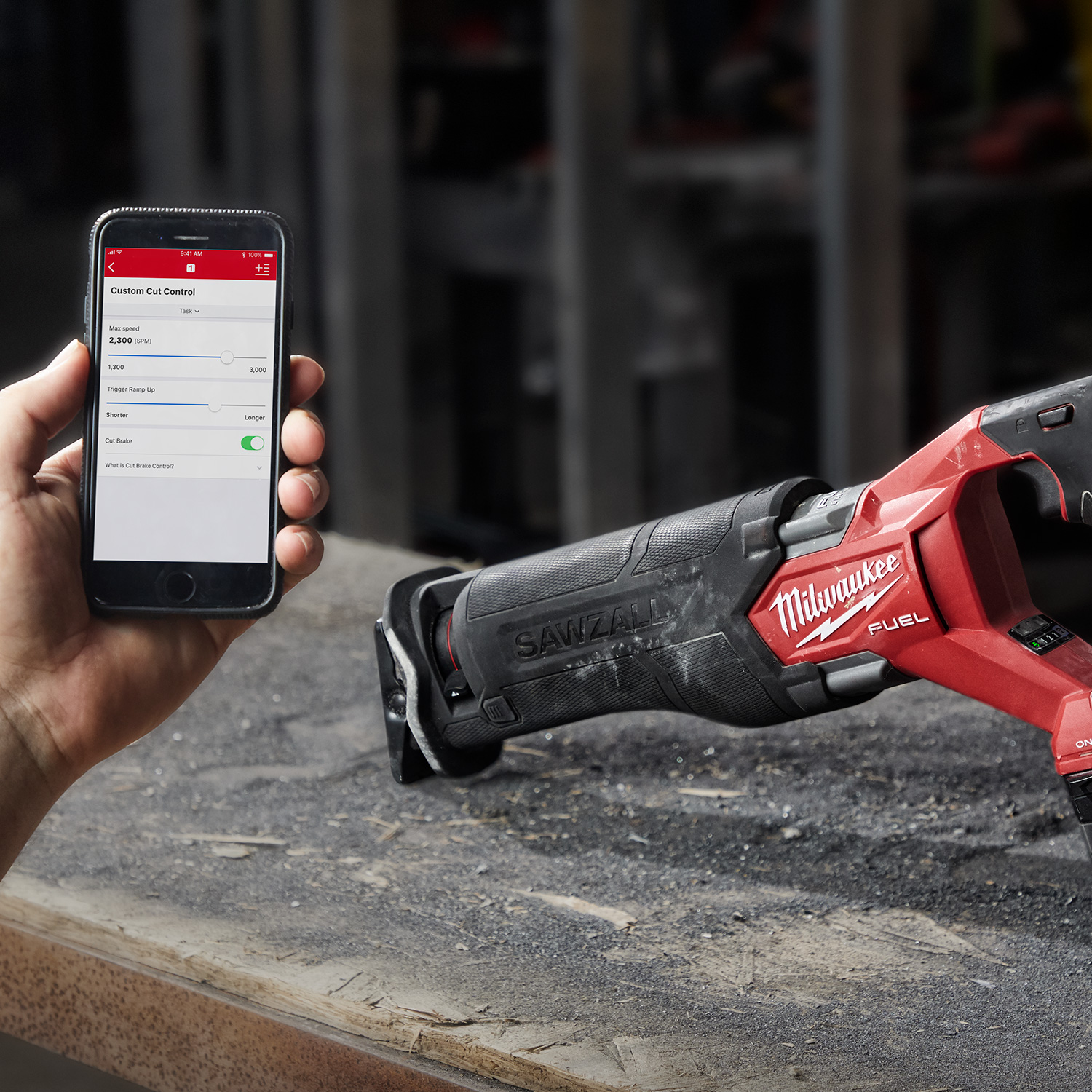 The app offers a number of other features including purchase and warranty information logging, tools status, and tool customization for specific tasks – ideal when consistent and repeatable performance is required.
The app offers a number of other features including purchase and warranty information logging, tools status, and tool customization for specific tasks – ideal when consistent and repeatable performance is required.
It’s not just Milwaukee that has embraced smart power tools and digital connectivity. DeWalt has launched a system called Tool Connect, which offers similar features and benefits to the user, but the range of tools available is not as wide as the Milwaukee One-Key offering currently. Bosch also has a mobile application, called Toolbox, that can be used in conjunction with their Simply Connected tools to provide a range of various smart functions for the user.
Festool is developing their own smart tool technology, currently with a small range of intelligent tools, that connect to the Festool Work App. Applicable tools can be adjusted individually to the working conditions, and performance data can be viewed at any time. If something should go wrong with the tool, the Festool Work App sends the right solution via a push notification, directly to a smartphone. The range of Festool Cleantec mobile dust extractors can also communicate with any of their Bluetooth cordless battery packs, ensuring the extractor automatically switches on when the cordless power tool is started, for effortless and efficient dust control.
Makita have a useful app available to download, but there is currently no connection with their tools, although they are close to launching in the UK, an app-based security feature that synchronises individual batteries to specific tools. Once ‘locked’, the battery can only be used with the designated power tools, until unlocked by the user with their unique pin code. So, if a battery is taken or swapped on site, it cannot be used with anyone else’s Makita power tools, which will certainly be a deterrent to theft.
The future of power tools
The trend of cordless tools replacing mains powered tools will undoubtedly continue, especially for portable power tools and tools and equipment that are used on job sites. The ratio of corded versus cordless professional power tools sold in the UK last year was:
2022 Power Tool UK Sales – 18.9% Corded Power Tools : 81.1% Cordless Power Tools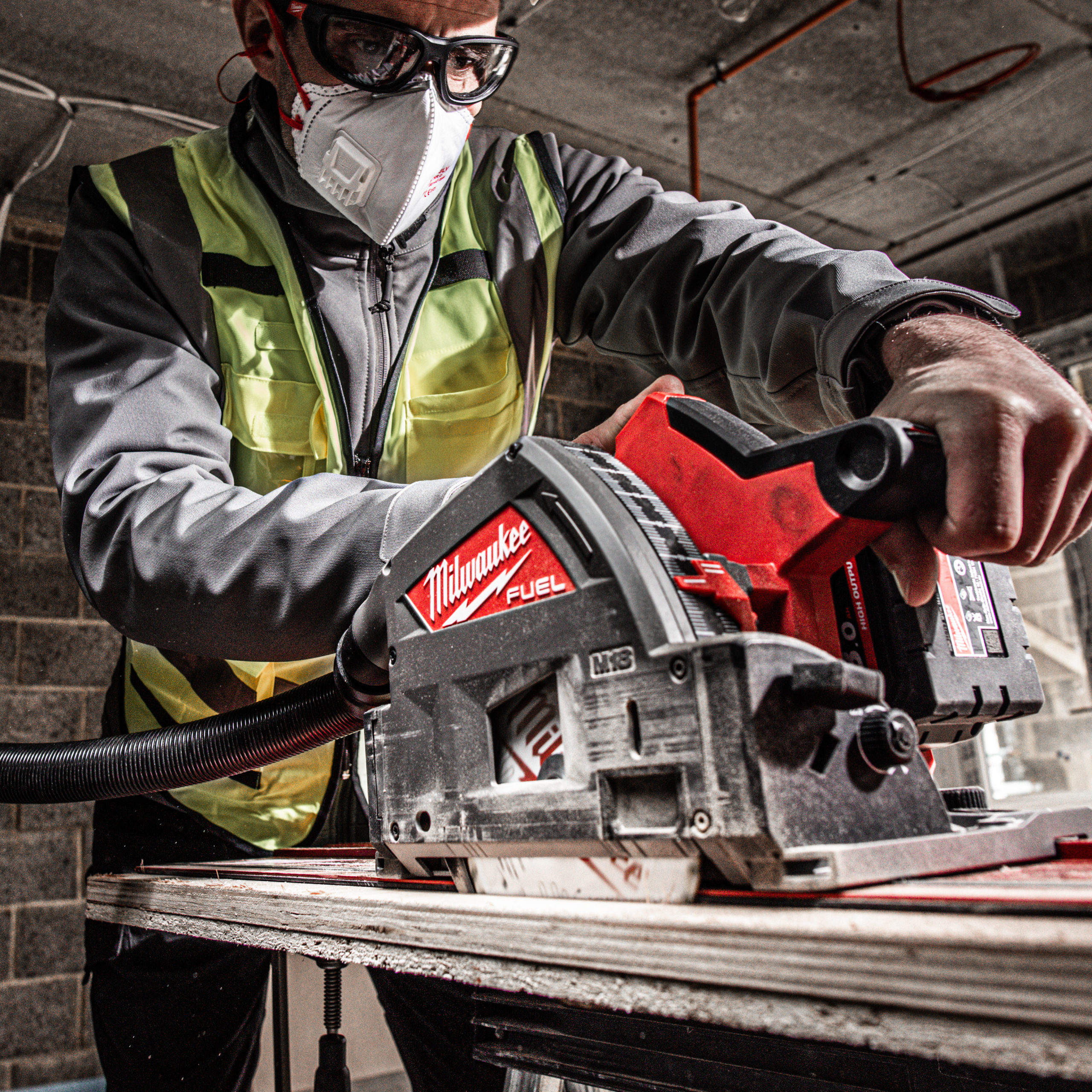
This demonstrates a significant swing towards cordless solutions and justifies Milwaukee’s decision to stop investing in mains powered tools several years ago. The ratio for the UK’s fastest growing professional power tool brand in isolation was even greater last year, with over 99% of the tools sold, coming from their battery powered platforms. If the collective swing towards cordless tools continues, which I fully expect it will, tools with a power cable will soon become a thing of the past!
Related Articles
- Makita vs Milwaukee – which brand is better? [2023]
- Festool SYS-PST Power Station: what is it and what are the benefits?

Joint Managing Director, Protrade
Craig has over 30 years of experience at Protrade, working in various departments including sales, procurement, and marketing, and ultimately becoming Managing Director in 2008. Following the merger of Protrade and Joinery Fit-Out Supplies in 2018, Craig is now the joint MD of the company.

